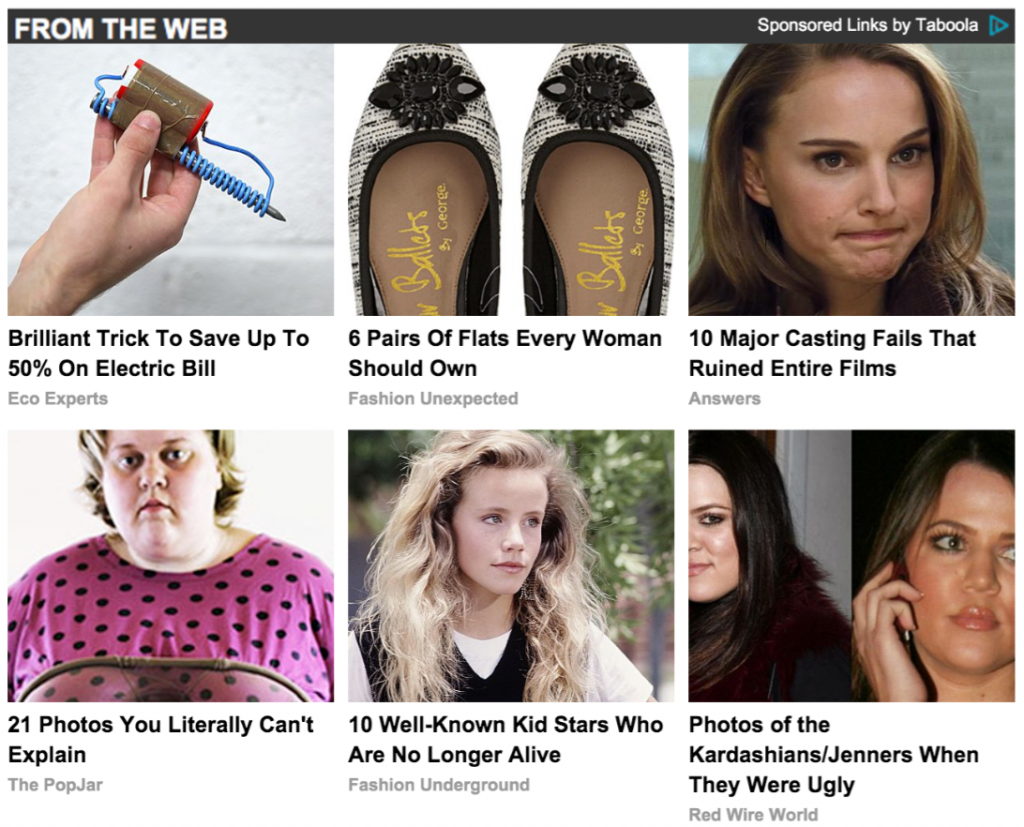It’s been hammered into marketers that content is king. It’s important for SEO. It builds relationships with consumers. It can help gain sales and leads. But how should brands and companies ‘do’ content? Paul Hunter, Marketing Manager at Liberty Marketing, presents 10 tips for better strategy, creation and distribution
Content strategy
1. Personas
The customer persona should be at the heart of any content created for your company. Understanding the specifics of your customer will help you create content that’s tailored to their wants and needs. In turn, it’s much more likely that your content will resonate and that a relationship will be forged between your brand and demographic. In order to understand your persona, look to address gender, age, background, trusted sources, goals or aspirations and the challenges or frustrations consumers face. Understanding your customers’ background, who they trust and how you can help them, will help create relevant, useful and engaging content.
2. Funnel
As well as looking at specific personas, it’s important to create content for people at various stages of the purchasing funnel, so you can direct them towards a conversion. It’s important to consider the types of keywords to use at the different stages of the funnel and to answer specific questions consumers may have at that point in their buying journey.
3. Content calendar
Creating a content calendar is a key element in planning and delivering a successful content marketing strategy. A content calendar doesn’t just plan when content is going to be written or posted, but should cover the following:
- Working title
- Topic
- Content type
- Content goal
- Internal link keyword
- Internal SEO link
- Long-tail keywords
- Funneling – where calls to action take uers
- Resource notes
- Funnel stage
- Persona
- Tone
- Distribution
The content calendar forces you to consider important elements in creating successful content such as which stage the user is at and where they should be funneled next, who you’re writing for and, importantly, how the content is going to be distributed and promoted.
Content creation
4. The medium
Because it’s been drilled into marketers that content is a tool to aid SEO, it’s often presumed that it has to be written. While written content can provide a massive boost to SEO, it’s important to pick the correct type of content for the user and the content’s goal. ‘How to’-type content suits video very well as the medium naturally lends itself to visual instructions, especially if it is product based. Infographics work well for presenting a large amount of data in a digestible way. Having the right content type on your site gives the user a better experience and encourages them to interact further with your website and share the content if it’s useful and entertaining.
5. Quality content
The Google Panda update in 2011 showed how serious Google was in wanting people to create content for the user and not for the search engines. Creating quality content is important from an SEO perspective and for the user experience. Informative, useful and unique content created for the user is much more likely to rank well. While content undoubtedly improves visibility in the search engines, ranking should be only one of the reasons that you create content.
6. Content presentation
Paying attention to the way a page looks and is marked up can have a dramatic effect on user behaviour.

Adding images, internal links and calls to action to the blog above improved the bounce rate by 15 per cent and session duration by 42 per cent. Improving the UX also helped rankings which resulted in an increase of 59 per cent in sessions to that page.
It’s also important to structure pages in a way that tells the search engines what your content is about. Search engines pay attention to headers so make sure that you include target keywords in your headers throughout the blog.
Content distribution
7. Offsite content
A content strategy shouldn’t just be about the content you’re creating for your own website. A key part of attracting new users is to create content for other industry-related websites, and sites that your target market visits. This helps increase the amount of relevant referral traffic and also increases the amount of links to your site, which is an important ranking factor. However, be wary of swapping content and links – reciprocal linking is something that will have no beneficial effect and can in extreme cases attract penalties.
8. Social media
Brits spend an average of two hours and 13 minutes every day on social media. Social media covers paid, earned and owned media spaces so is a great method for reaching loyal customers and potential new ones. To maximise your social media efforts think about using channels together rather than broadcasting the same content across different channels. For example, run a product launch video on Facebook. Include a behind the scenes video on YouTube. Include product images on Pinterest and video stills on Instagram in the build up to launch. Spreading content across channels will allow you to reach multiple personas across the different channels. This can be used to build your following and drive more interest in your brand.
9. Social ads
The personal nature of social networks allows for highly specific targeting with paid advertising. Sites such as Facebook and Twitter allow advanced targeting based on likes, interests and who the user follows. If you have this information about your persona it allows you to promote content to a highly relevant audience. For those in B2B, LinkedIn allows you to target specific job titles, areas and companies. If looking to build a following on social media, do it by promoting content rather than simply buying likes. By promoting content, it’s likely that people will like your page because of its quality and subject matter, which in turn ensures you attract relevant followers.
10. Native
Native advertising is performed through content distribution networks such as Taboola and Outbrain. These often show up at the bottom of news articles.
While these articles have become synonymous with the term ‘clickbait’, the distribution networks have worked hard to become more targeted in terms of the websites they appear on. You can choose to appear on similar, relevant websites (for example websites associated with golfing). If your goal is site visits then, when used well, native advertising can be a cheap and effective way of getting eyes on your content.
As companies and competitors create more, make sure you have a strategy in place so your content has quality and doesn’t get lost online.


